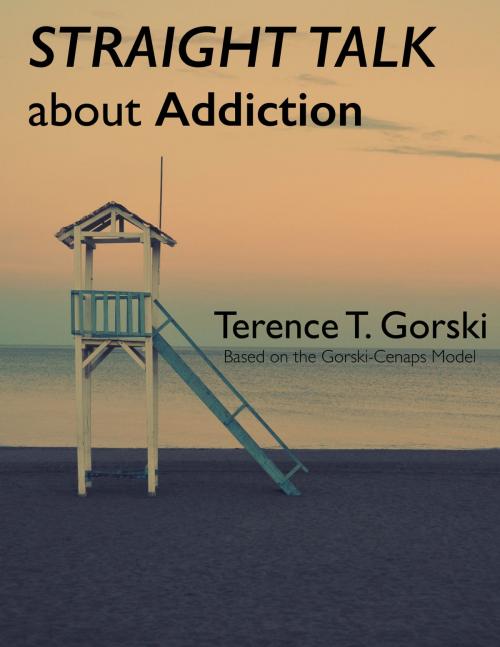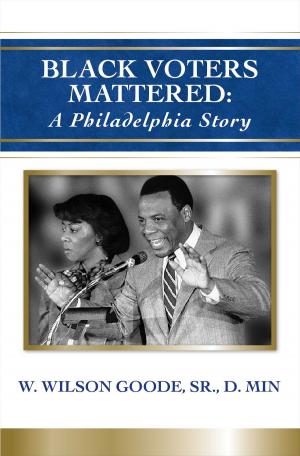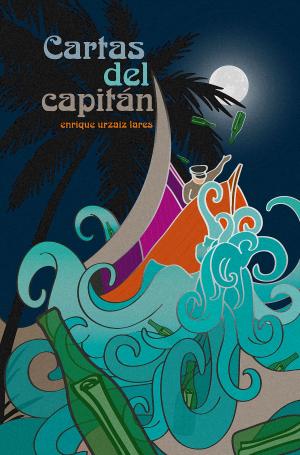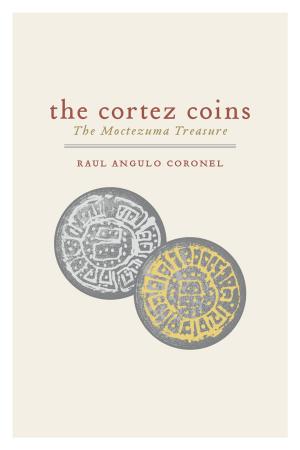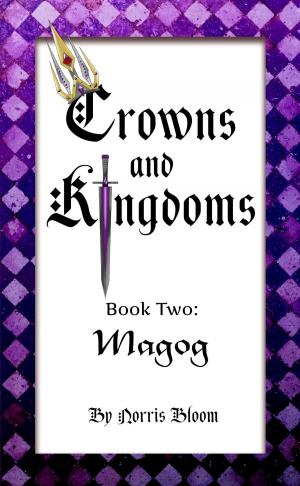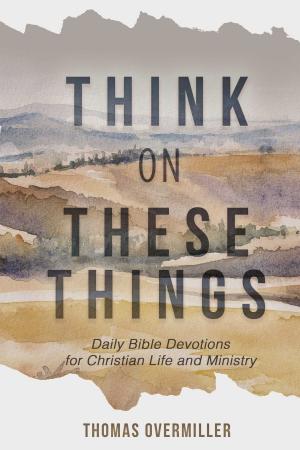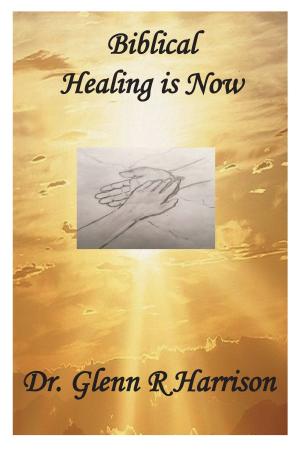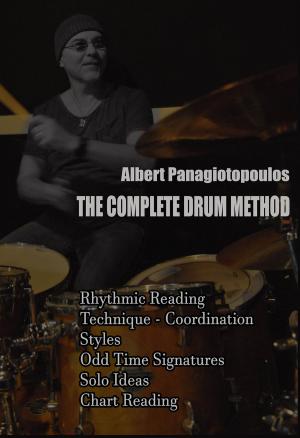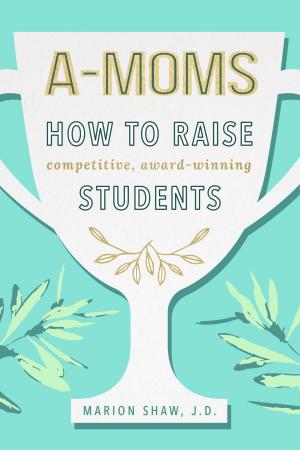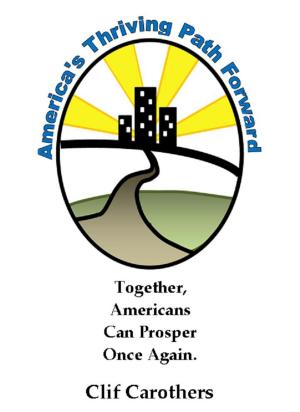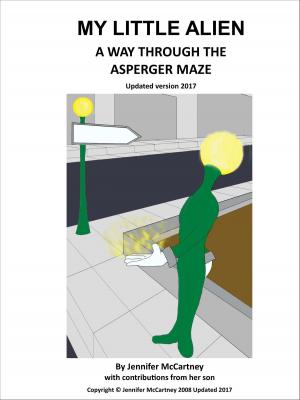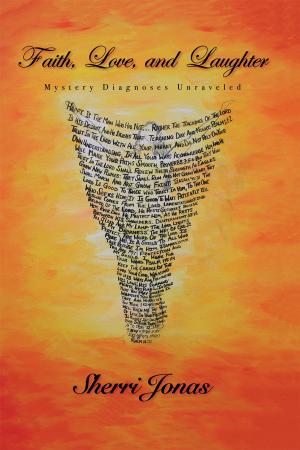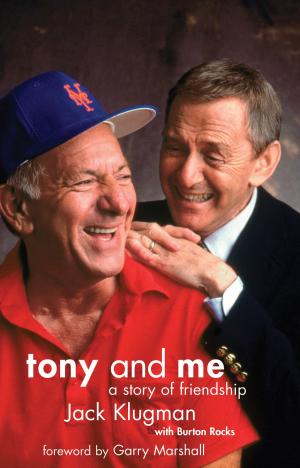Straight Talk About Addiction
Nonfiction, Health & Well Being, Self Help, Addiction, Substance Abuse| Author: | Terence T. Gorski | ISBN: | 9781483574721 |
| Publisher: | BookBaby | Publication: | January 1, 2011 |
| Imprint: | BookBaby | Language: | English |
| Author: | Terence T. Gorski |
| ISBN: | 9781483574721 |
| Publisher: | BookBaby |
| Publication: | January 1, 2011 |
| Imprint: | BookBaby |
| Language: | English |
Whether you know it or not, accurate information is your most important recovery tool. You cannot recover from something that you do not understand. Therefore, my primary goal is to help you understand what addiction is, how to recognize it when you see it, and what you can do about it when you do see it. My goal is to make the material easy to understand for treatment professionals, recovering people, and their families. As a result, I have chosen to use a style of writing that speaks directly to recovering people and their families. In this way, professionals can both benefit from the material and pass on this book to their clients to speed up the addiction education process. traight Talk About Addiction discusses the following topic areas: Mind-altering Substances: alcohol and the other drugs that people tend to abuse or become addicted to. These mind-altering substances can activate abuse and addiction. I want you to know what these substances are, how they work, and why they can be dangerous. Addictive Risk Factors: explains why some people are at high-risk of abusing, and getting addicted to mind-altering substances. I want you to know what sets people up for abuse and addiction and how you can recognize if you or someone you love is at high-risk. Substance Abuse and Addiction: describes the symptoms of both abuse and addiction. This part of the book shows how using potentially addictive substances can lead to heavy use, abuse, and addiction. Addiction can develop slowly and go unnoticed in the lives of many people. So this book also explains how to objectively evaluate your own alcohol and drug use to see if you have a substance abuse or addiction problem. Recovery: describes what recovery from addiction looks like. If briefly describes the nature of addiction and then describes the best practices that many of the most effective treatment programs in the United States tend to follow.
Whether you know it or not, accurate information is your most important recovery tool. You cannot recover from something that you do not understand. Therefore, my primary goal is to help you understand what addiction is, how to recognize it when you see it, and what you can do about it when you do see it. My goal is to make the material easy to understand for treatment professionals, recovering people, and their families. As a result, I have chosen to use a style of writing that speaks directly to recovering people and their families. In this way, professionals can both benefit from the material and pass on this book to their clients to speed up the addiction education process. traight Talk About Addiction discusses the following topic areas: Mind-altering Substances: alcohol and the other drugs that people tend to abuse or become addicted to. These mind-altering substances can activate abuse and addiction. I want you to know what these substances are, how they work, and why they can be dangerous. Addictive Risk Factors: explains why some people are at high-risk of abusing, and getting addicted to mind-altering substances. I want you to know what sets people up for abuse and addiction and how you can recognize if you or someone you love is at high-risk. Substance Abuse and Addiction: describes the symptoms of both abuse and addiction. This part of the book shows how using potentially addictive substances can lead to heavy use, abuse, and addiction. Addiction can develop slowly and go unnoticed in the lives of many people. So this book also explains how to objectively evaluate your own alcohol and drug use to see if you have a substance abuse or addiction problem. Recovery: describes what recovery from addiction looks like. If briefly describes the nature of addiction and then describes the best practices that many of the most effective treatment programs in the United States tend to follow.
